You might not know it, but in Costa Rica, we eat flowers — literally. One of our most traditional seasonal dishes is a yucca flower picadillo which is a recipe made with flor de itabo, the white blossoms of the yucca plant. They’re slightly bitter, totally edible, and full of cultural meaning.
And guess what? They’re not just growing in Costa Rica — I found these blooming right in my backyard here in Missouri. That moment of seeing them again, years after moving to the U.S., brought me right back to my childhood.
In this post, I’ll show you how we cook them into a comforting picadillo — a warm veggie hash that’s simple, nourishing, and deeply tied to home.
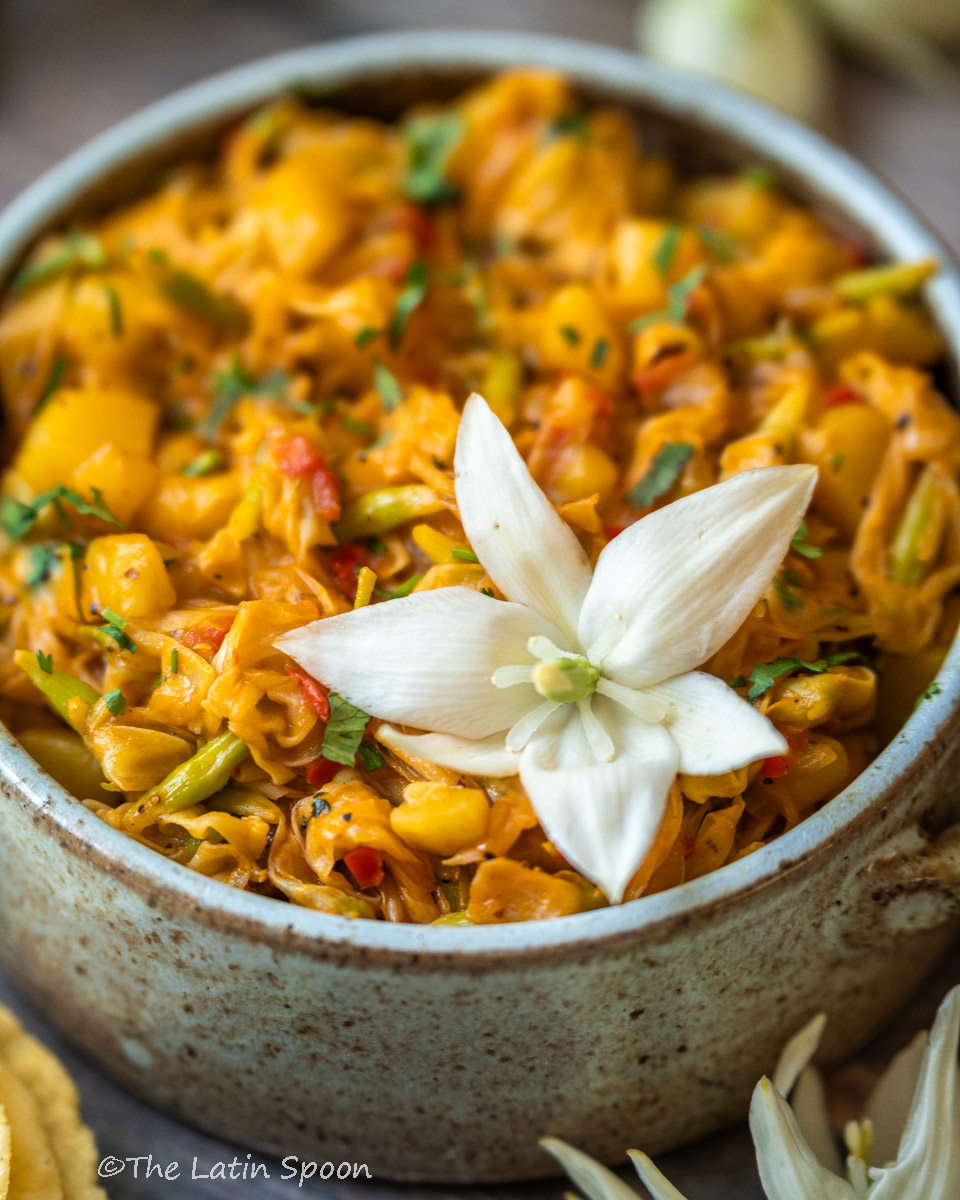
What are Yucca Flowers?
Let’s talk about the flowers. They’re called Yucca filamentosa, also known as Adam’s needle. The flowers can be eaten raw, but some people have reported a bitter taste or even mild throat irritation. Personally, I’ve never eaten them raw — and even when cooked, they still carry a slight bitterness.
That bitterness, however, is exactly what makes them so special. It’s their signature. Don’t let it fool you — that sharp edge is what gives yucca flowers their charm. Some people describe the flavor as a cross between artichokes and asparagus.
So if you’re a fan of those two, you’re in for a real treat. And the best part? You might just find yucca flowers blooming right in your backyard — like I did.
Just a quick note so there’s no confusion: yucca flowers are not the same as yuca — also known as cassava. Cassava is a starchy root that’s also edible, but it comes from a completely different plant. It doesn’t produce edible flowers, and its leaves are not safe to eat either.
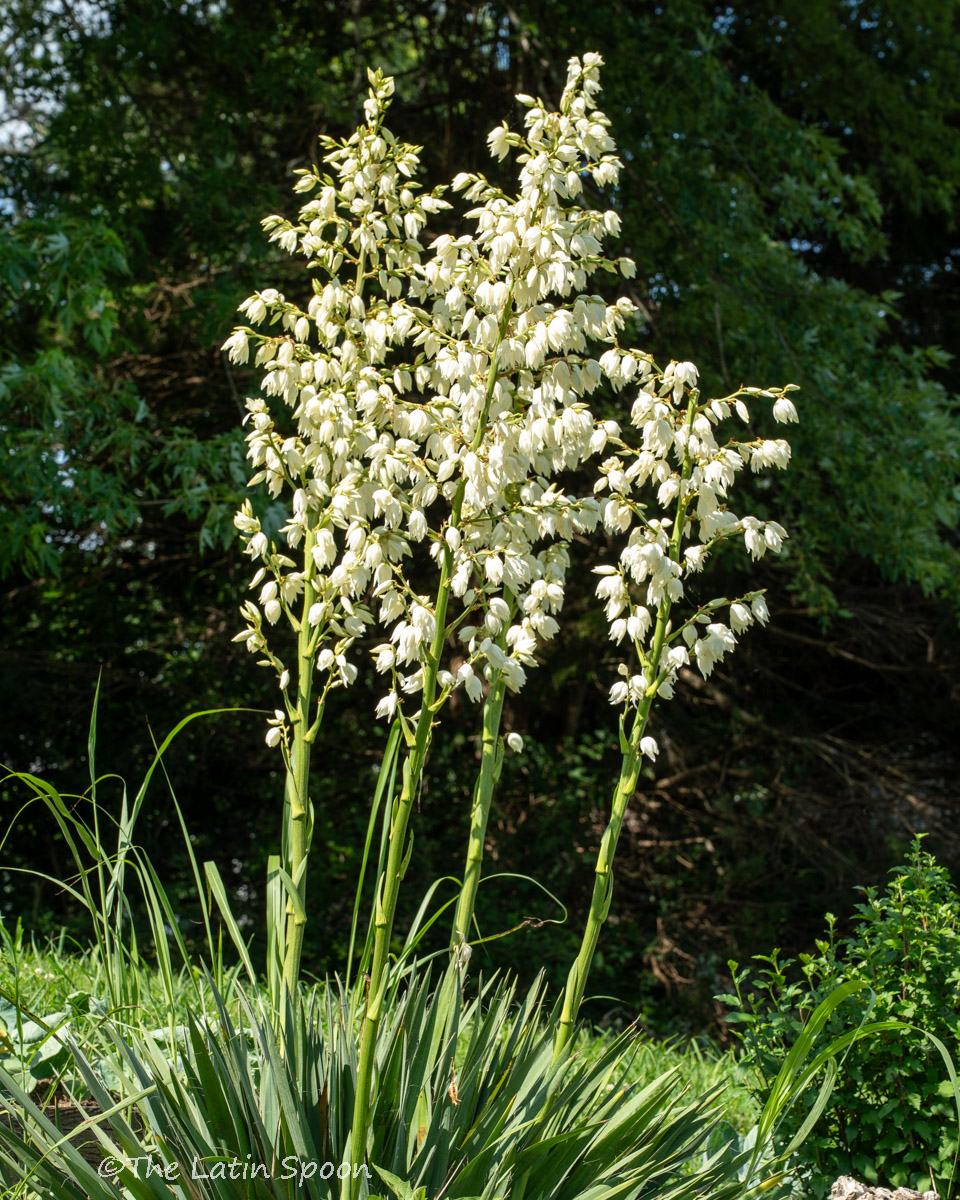
What is "Picadillo"?
Picadillo is a beloved dish all across Latin America — and while every country, and even every region, has its own version, the word picadillo always signals something special. It means the cook knew what they were doing. It means time, intention, and flavor.
Picadillos are often slow-cooked, giving the ingredients time to release their flavors and — if there’s meat involved — to become juicy and tender. These are not rushed meals. They’re the kind of food you make when you want to feed people well.
But what exactly is picadillo? Let’s break it down: the word comes from the Spanish verb picar, which means “to chop,” and the suffix -illo, which implies “small.” So picadillo basically means “a bunch of small chopped things” — but don’t let that simplicity fool you. It’s not just a pile of diced ingredients; it’s a dish where everything is cooked together, slowly, with herbs, seasonings, and care. The result is comforting, flavorful, and deeply rooted in tradition.
Ingredients for the Yuca Flower Picadillo

🌸 Yucca flowers
In Costa Rica, we call them flor de itabo. In Mexico and El Salvador, people know them as flor de izote.
Yucca flowers are a bit bitter — that’s part of their charm. Fully bloomed petals tend to be less bitter than the closed ones, so if this is your first time trying them, I recommend using only the fully opened flowers.
Some people soak them overnight to reduce the natural saponins, but blanching them in hot water for a couple of minutes works perfectly for me every time.
🥔 Potatoes
For this recipe, I’m using golden potatoes, but any type of potato will work here. They help balance out the flavors — since potatoes are mild and starchy, and the flowers are bold and slightly bitter, the combination creates a beautiful contrast in every bite.
🧅🌶️ Onions and peppers
Any type will work just fine, but I recommend using red bell peppers — their color pairs beautifully with the red hue of achiote. You can also use red onions, or swap in green or yellow peppers depending on what you have on hand.
Onions and peppers are the base of most picadillos, not just because they’re affordable and easy to find, but because they build a flavor foundation that makes everything else shine.
🧡 Achiote (annatto)
We call it achiote, but you may know it as annatto. It’s a staple in Costa Rican cooking and popular in many other Latin American countries too.. It adds not only a beautiful reddish-orange color, but also a mild earthy flavor, with hints of nuttiness and warmth.
It’s easy to find — not just in Mexican or Latin stores, but in most regular supermarkets across the U.S. You probably just haven’t noticed it because you weren’t looking for it... until now.
👉 You can also find it right here on Amazon if you prefer to order it online.
🌿 Cilantro
Cilantro is a delicious and aromatic herb that we use all the time in Costa Rican and Latin American cooking. In Costa Rica, we usually call this variety culantro castilla to distinguish it from culantro coyote — a stronger, wild version with long, serrated leaves.
I like to add my cilantro at the very end of this yucca flower picadillo, since it’s sensitive to heat and its flavor can disappear quickly when cooked. Plus, tossing it in fresh adds a pop of color and brightness that really elevates the final dish.
🧂 Salt and black pepper
Simple, but essential. A good pinch of salt brings out the flavor of the flowers, potatoes, and everything else in the pan. A touch of black pepper adds just the right amount of heat and depth. Adjust both to taste — you know your palate better than any recipe does.
🧈💧 Butter and water
I like to start with a bit of butter to sauté the onions and peppers — it adds richness and depth. Then, once the potatoes are already cooked, I add about 1 cup of water to the pan.
Why water? Because this is what brings it all together. The water helps the potatoes absorb the flavors of the achiote, onions, and peppers as everything simmers gently. That slow cooking is what makes a picadillo feel like home — all the ingredients coming together into one delicious, unified dish.
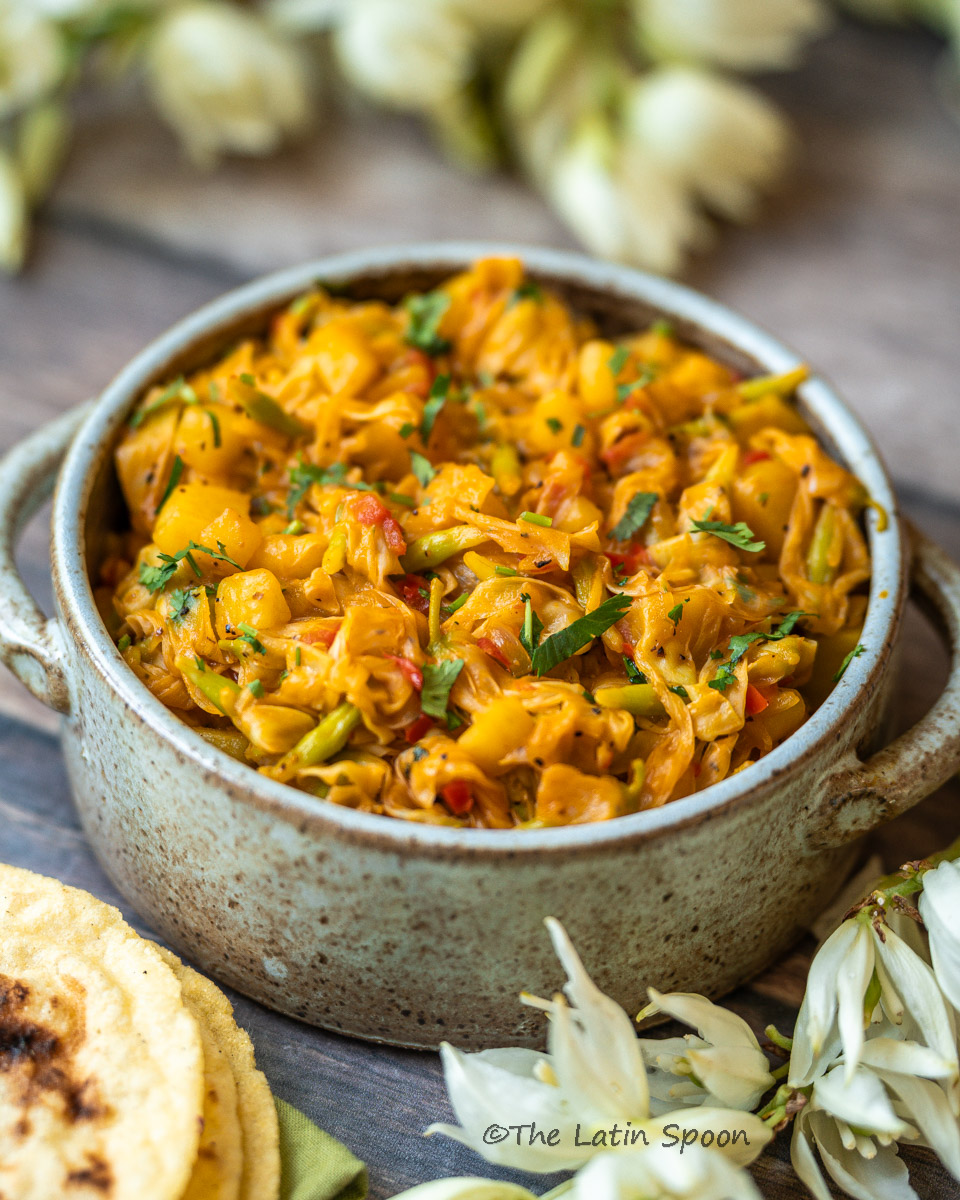
💡 Extra tips for the perfect Yucca Flower Recipe
- Keep the heat low and let the flavors come together slowly. A good picadillo needs time — don’t rush it.
- Let the potato pieces soften and melt into the achiote base. That creates a slightly creamy texture that ties everything together.
- Use a wide pan so your ingredients cook evenly, instead of steaming in a crowded skillet.
- Taste the flowers before serving. If they’re still too bitter, balance it out with a bit more salt — or even a tiny pinch of sugar.
- Squeeze some lime on top before serving. It’s not traditional, but it adds brightness and contrast that works beautifully.
- Serve it with warm tortillas or plain rice. This dish was made to be scooped and savored with something soft on the side.
How to cook Yucca Flower Recipe – Step-by-step photos
Here’s a quick visual guide to show you how I make this traditional Costa Rican dish. These step-by-step photos walk you through the process — from preparing the flowers to building the final picadillo. It’s simple, cozy, and full of flavor — just follow along and cook at your own pace.
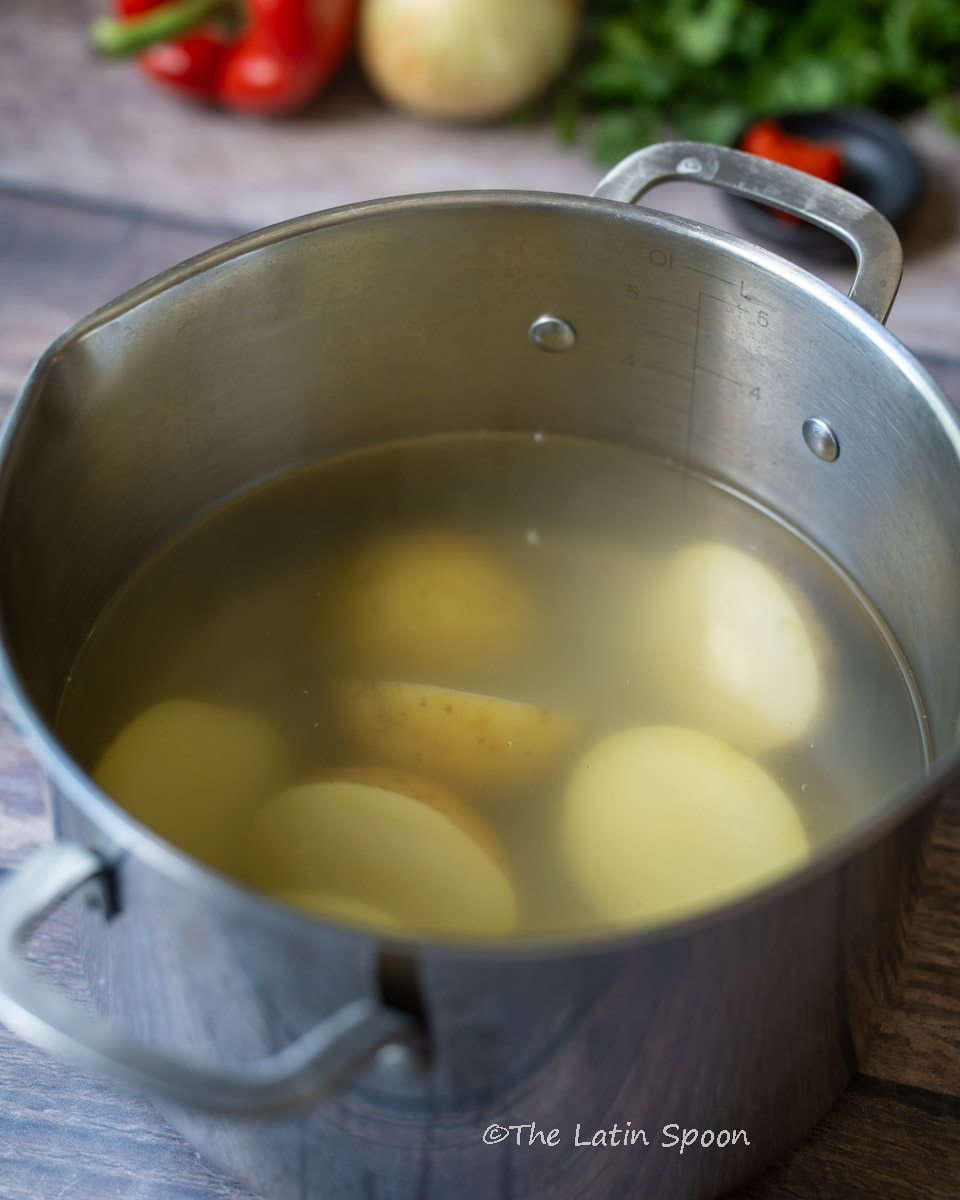
Step 1: Boil the potatoes
Boil the potatoes in plenty of water with 1 teaspoon of salt. Cook them for 20–25 minutes, until they’re tender but not too soft — you want them cooked through, but still firm enough to hold their shape in the picadillo.
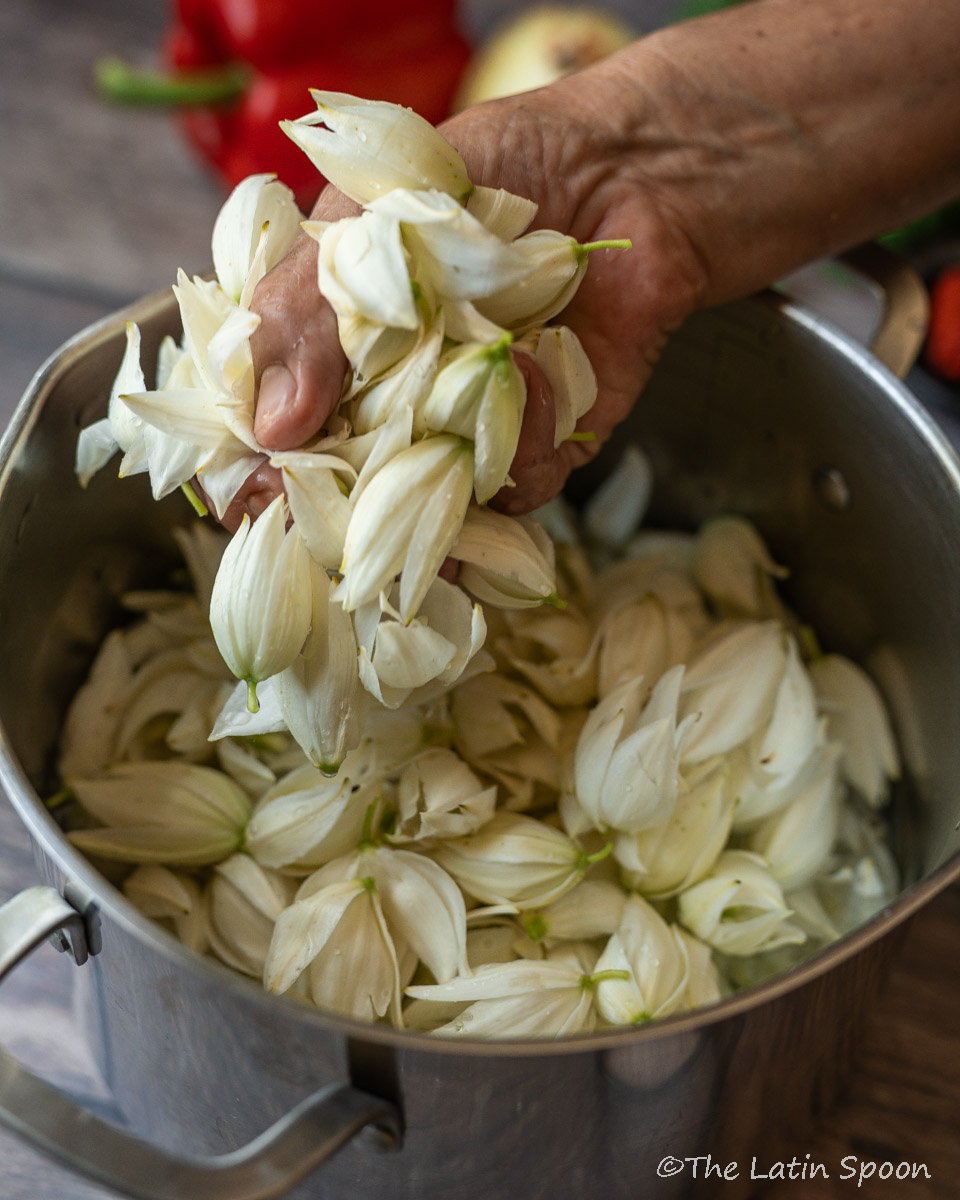
Step 2: Blanch the yucca flowers
Remove the potatoes and set them aside. Then, using the same water, cook the yucca flowers for just 2–3 minutes.
Once done, discard the water completely and set the flowers aside as well.
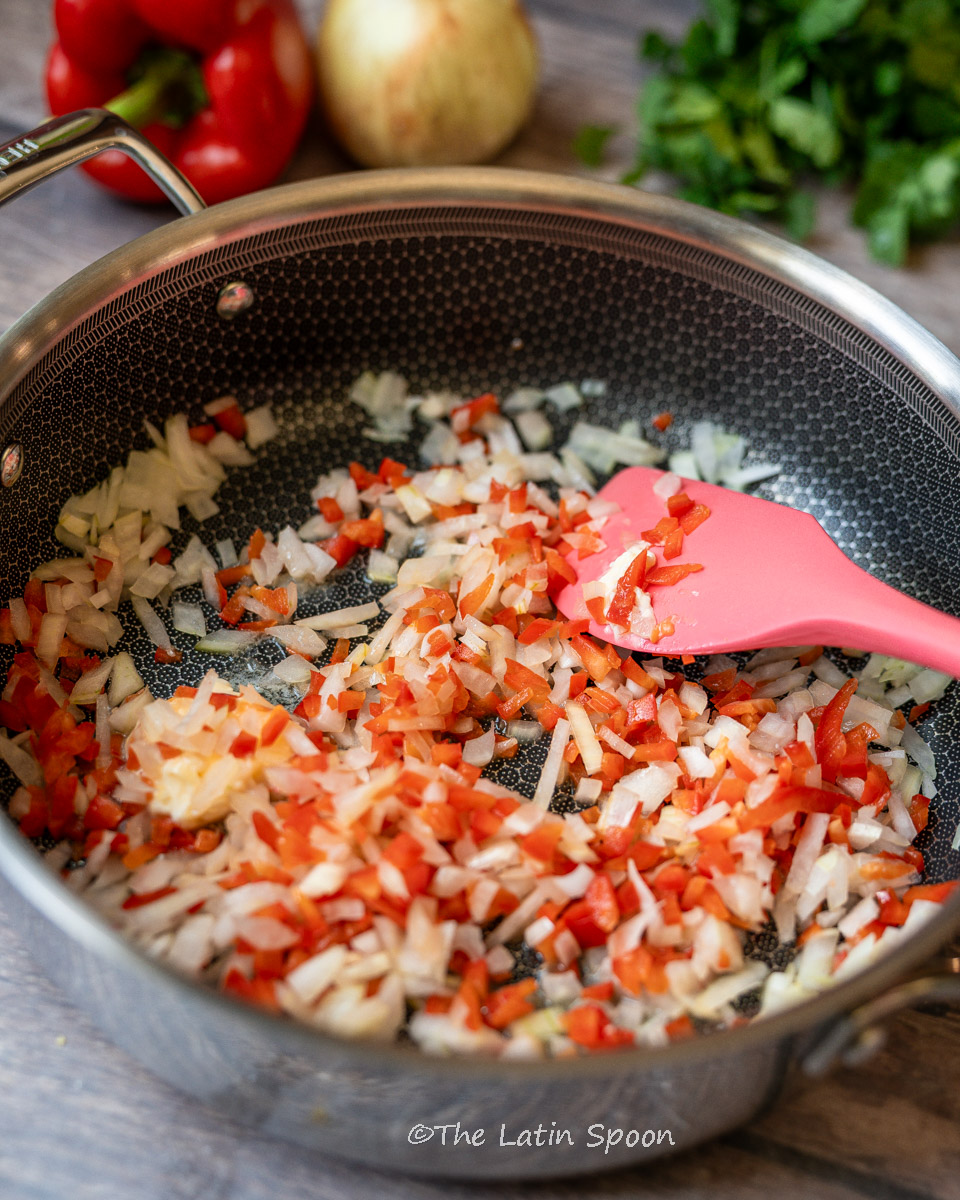
Step 3: Make the sofrito
In a large saucepan, add the butter, onion, peppers, and achiote. Cook over medium heat for about 5 minutes, until the vegetables are soft and have taken on a translucent, golden color. This is the base of the flavor — take your time and let it develop.
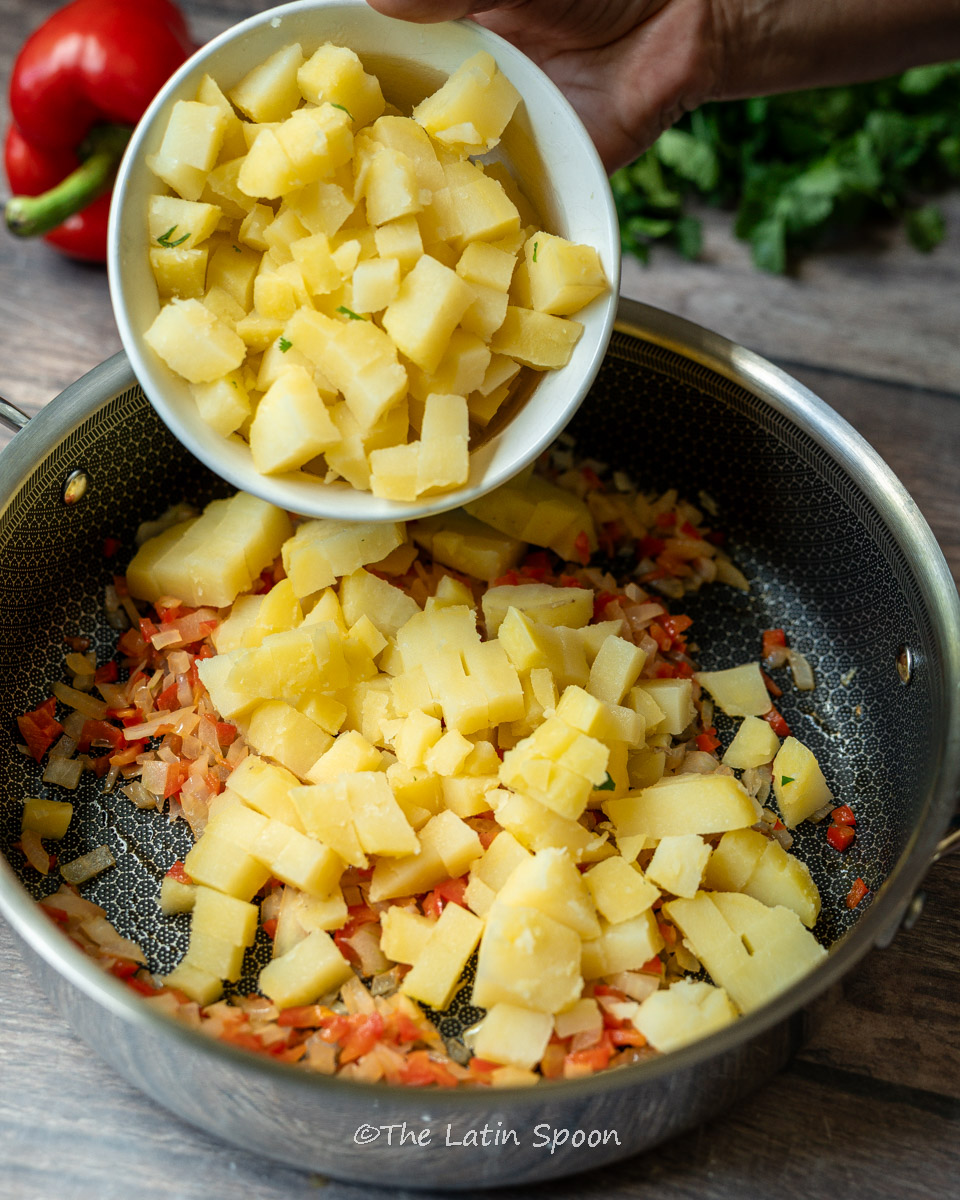
Step 4: Add the potatoes, water, salt, and pepper
Add the diced potatoes — medium-sized cubes work best. Pour in about 1 cup of water, season with salt and black pepper, and let everything cook together over low heat for 5 to 7 minutes, stirring occasionally to keep the potatoes from drying out.
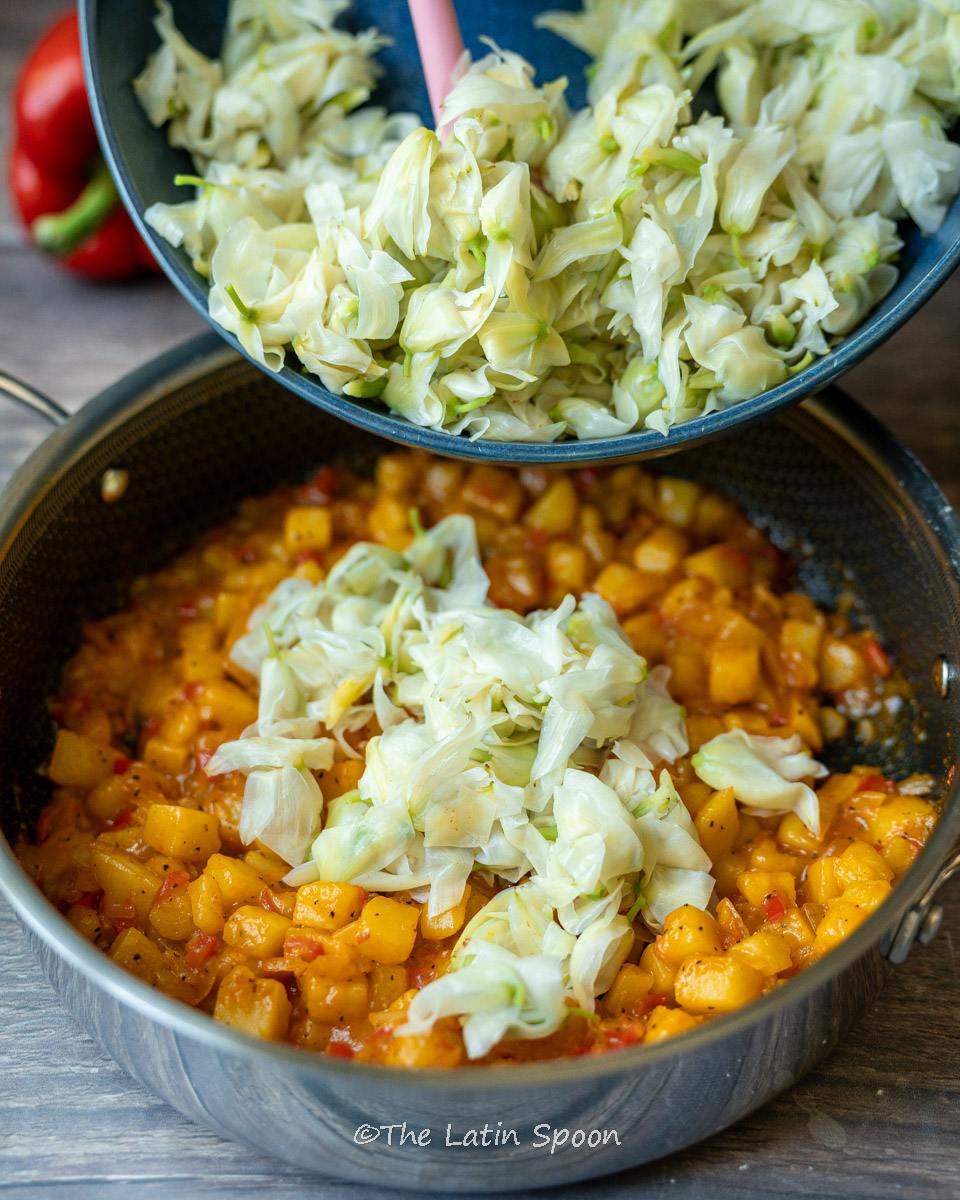
Step 5: Add the blanched yucca flowers
And stir gently until they’re fully coated with the reddish color from the achiote. Let them cook with the potatoes for a couple of minutes. Add a little more water, salt, or pepper if needed to adjust the consistency and flavor.
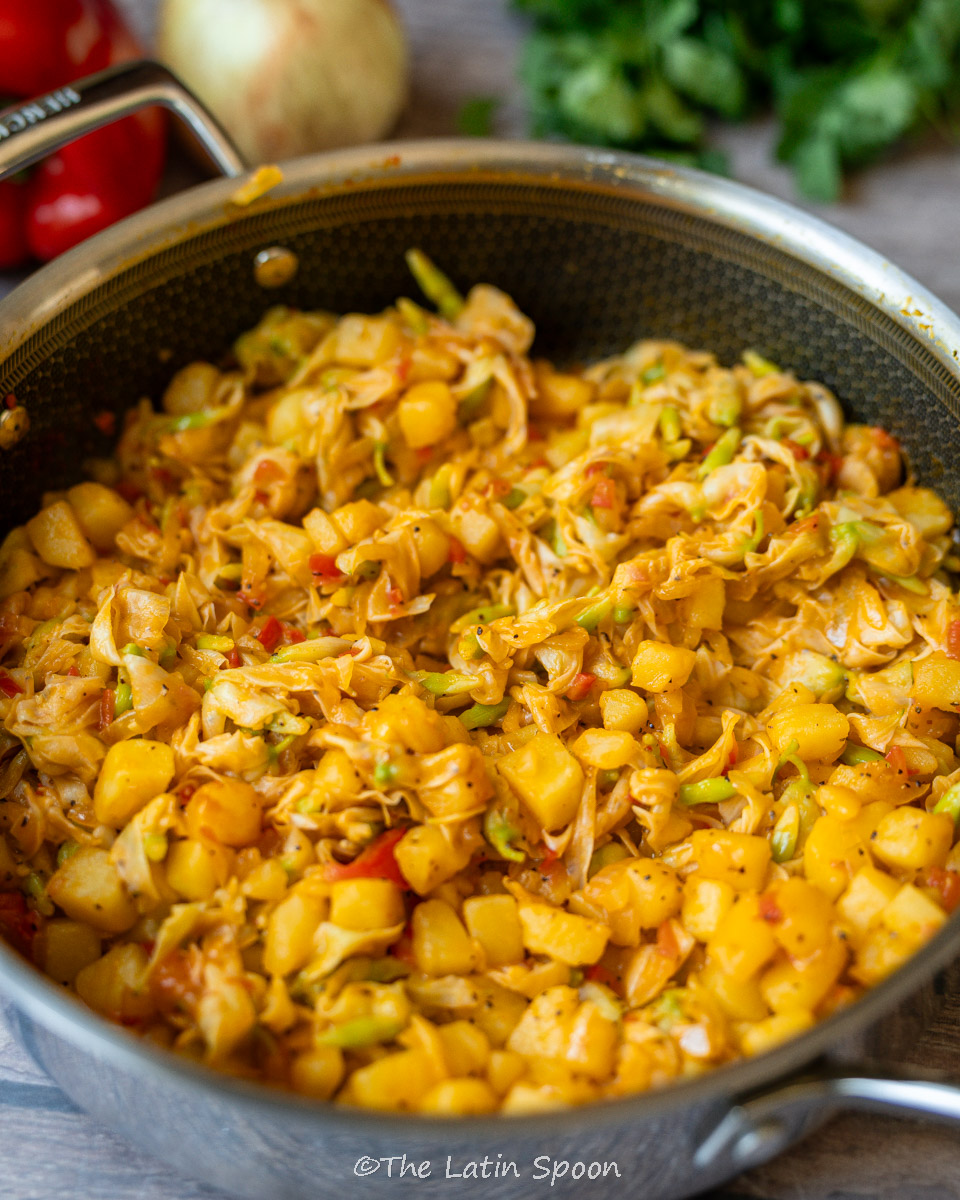
Step 6: Final simmer and cilantro
Cook for 5–7 more minutes, until everything is well combined. The potatoes should still hold their cube shape. Add fresh cilantro at the end for extra flavor and color.
🌿 Final thoughts on making Yucca Flower Recipe
Yucca Flower picadillo is more than just a recipe — it’s a little reminder of where I come from, of seasons changing, and of how food can carry meaning beyond the plate.
If this is your first time trying yucca flowers, I hope this dish surprises you — in the best way. It’s earthy, bold, and comforting, all at once. And if you grew up eating this, maybe it brings a bit of home back to your table. And for the perfect Costa Rican experience, serve this picadillo with a side of Gallo Pinto.
Either way, thank you for being here and cooking with me. If you try this recipe, share it with me on Instagram — I’d love to see your version!
Besitos (kisses),
Mara
Yucca Flower Recipe
Ingredients
- 1 pound yucca flowers
- 3 medium-size potatoes
- 3 tablespoons butter
- ½ medium-size onion chopped
- ½ red bell pepper chopped
- 1 teaspoon achiote annatto
- 1 cup water
- 2 teaspoons salt plus 1 teaspoon for boiling the potatoes
- 1 teaspoon black pepper
- 1 bunch fresh cilantro chopped
Instructions
- Boil the potatoes in a large pot with plenty of water and 1 teaspoon of salt. Cook for 20–25 minutes, until fork-tender but not falling apart.
- Remove the potatoes from the pot and set aside. In the same water, blanch the yucca flowers for 2–3 minutes to reduce bitterness and remove saponins. Drain and discard the water.
- In a large saucepan, melt the butter over medium heat. Add the onion, bell pepper, and achiote, and cook for about 5 minutes, until the vegetables soften and take on a reddish color.
- Cut the potatoes into medium-size cubes, then add them to the pan along with 1 cup of water, salt, and black pepper to taste. Let everything simmer on low heat for 5–7 minutes, stirring occasionally so the potatoes stay moist and don’t dry out.
- Add the yucca flowers and gently stir until they’re coated with the achiote base. Add a splash more water, salt, or pepper if needed.
- Cook for another 5–7 minutes, or until the flavors have come together and the texture is to your liking. The potatoes should still hold their cube shape.
- Turn off the heat and stir in the chopped cilantro. Serve warm with rice or tortillas.
Video
Notes
- Yucca flowers are also known as flor de itabo in Costa Rica and flor de izote in countries like Mexico and El Salvador.
- If it's your first time trying them, use fully opened flowers; they're less bitter than the closed ones.
- Blanching the flowers in boiling water for 2–3 minutes helps reduce bitterness and remove saponins.
- Cilantro is added at the end to preserve its fresh flavor and color.
- This dish is seasonal — yucca flowers bloom once a year in spring (around May or June in the U.S.), so don’t miss your chance when they show up! 📍For more Costa Rican recipes, visit thelatinspoon.com.
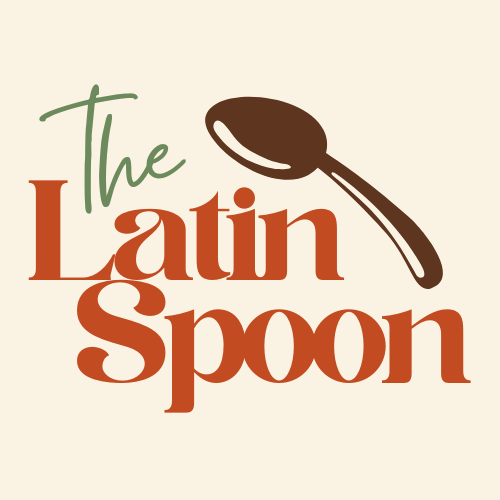
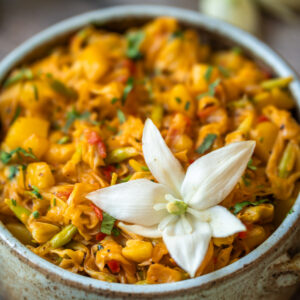
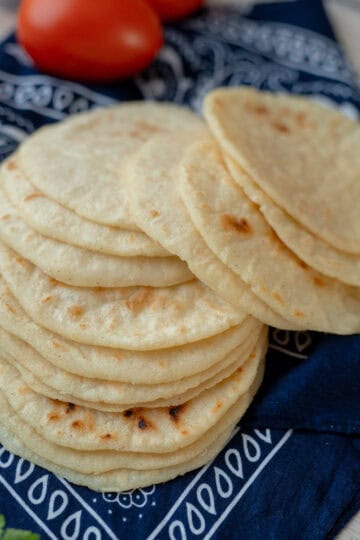
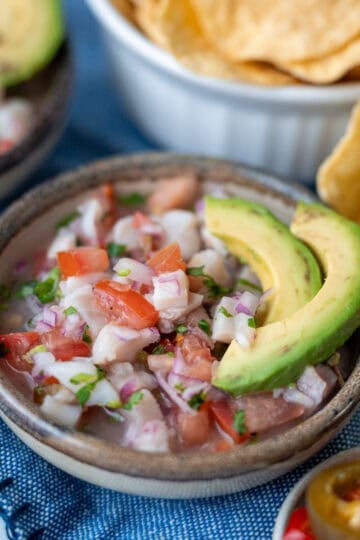
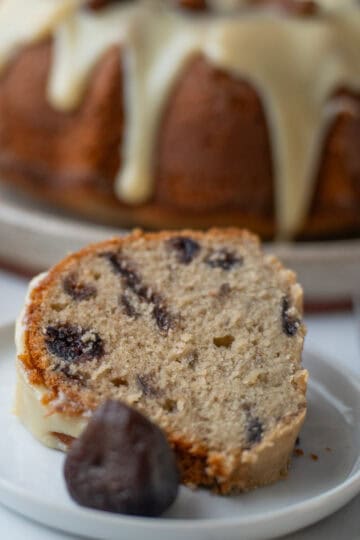
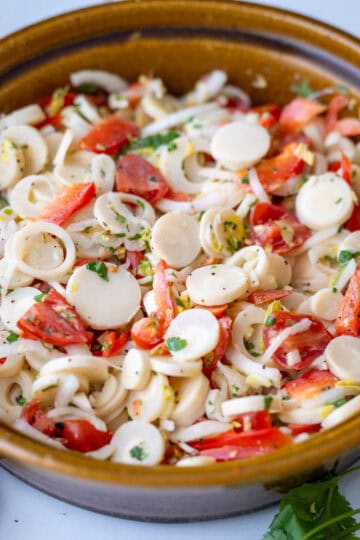
Leave a Reply